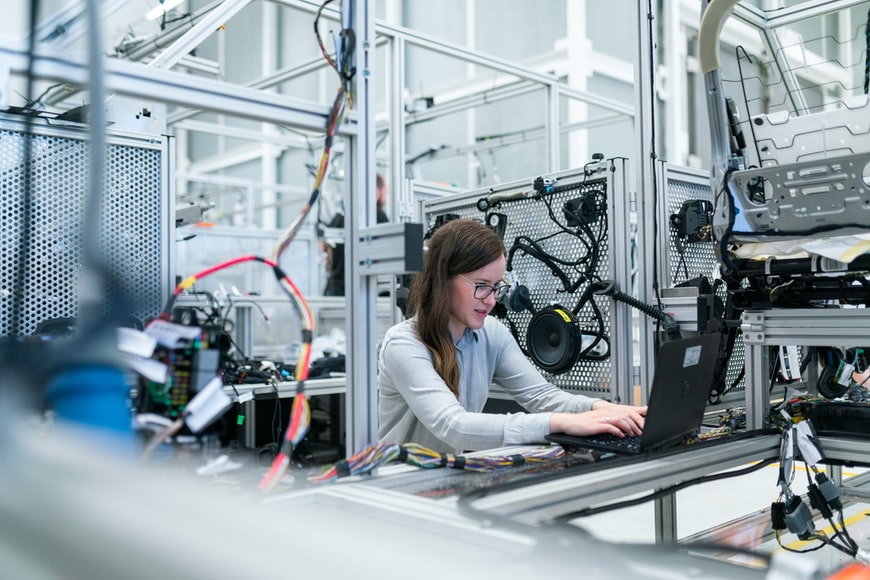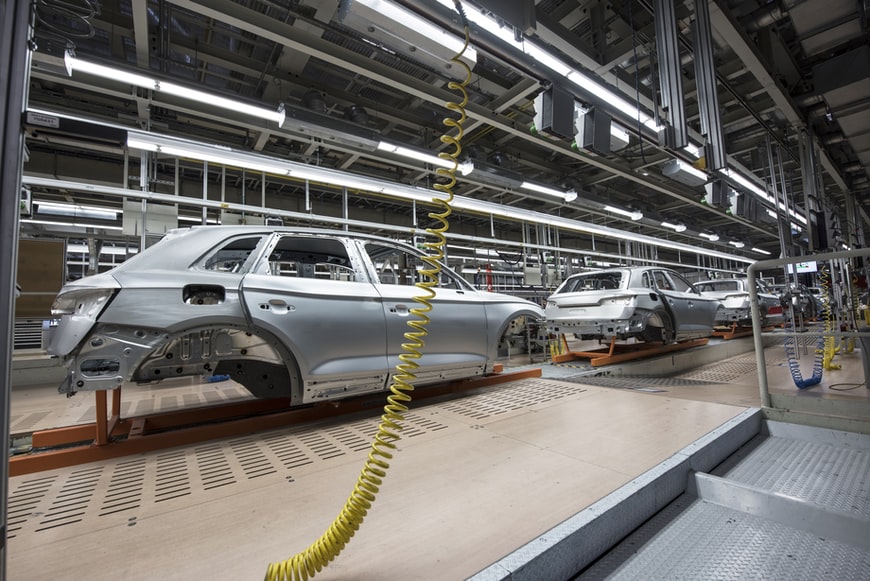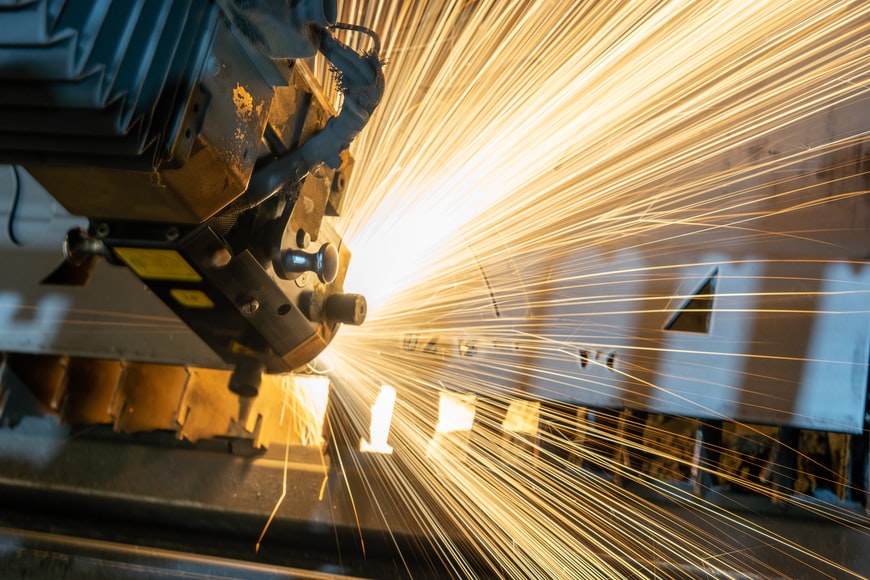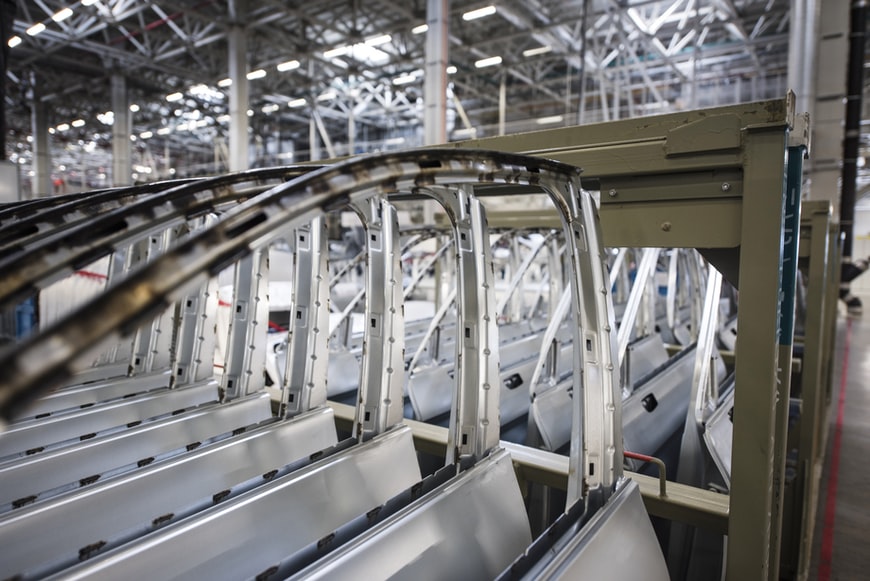Improving factory production during World War II dramatically elevated Georgia’s economy from recession. After that historic feat, wholesale prices were nearly flat in January, and factory production continued in free fall. The report today indicates that factory production nearly levelled off in December following a string of strong gains in November.
The report also indicates that wholesale gas prices have declined more than expected, which is a positive sign for the Atlanta area’s economy. In addition, truck traffic is expected to increase as more trucks make their way towards the U.S., potentially adding to both freight and employment opportunities.

Changes In The US Industries
In the past few months, Georgia auto manufacturers have seen their gross margins rise due to record sales of both new and used vehicles. While consumers across the country have added thousands of dollars to their monthly car payments in recent months, Georgia car makers are enjoying a number of cost savings from the sales of new vehicles. Improving efficiency and workforce training on the part of manufacturers has been key to maximizing these savings. A lack of efficiency in the supply chain is the number one cause of missed opportunities for profit for many manufacturers.
A major topic of discussion in manufacturing trends 2021 is the advancement of digital technology. Companies are investing in equipping their manufacturing plants with the latest equipment and software programs designed to streamline operations and increase productivity.
Automakers such as Mercedes, BMW, and Nissan are all participating in the effort, and the results are evident in auto plant production figures. Companies in the South Carolina area that rely heavily on heavy machinery production are seeing efficiency gains in the workforce thanks to the investment in manufacturing software.

Innovations In Digital Technology
Another area focused on in the manufacturing trends book is the development of new or improved production processes. As companies look to reduce waste and streamline operations in order to improve factory production and profits, the integration of advanced machinery, software, and manufacturing techniques is essential. Automotive companies are making investments in automation and other technologies that reduce labor input, while increasing overall value-added production.
Automobile manufacturers have long enjoyed a solid relationship with suppliers of parts and labour. In recent years, however, competition from Asian manufacturers has prompted many domestic carmakers to look at foreign options, as well.
By streamlining existing supply chains, some automobile manufacturers are able to reduce their dependence on imports and improve their bottom line. Meanwhile, foreign-based carmakers that provide additional sources of raw materials and labour are beginning to feel threatened, as American car manufacturers consolidate their presence in the auto industry.

Changes In Supply Networks Globally
Automotive manufacturers are not the only businesses making investment in efficiency in their supply chains. Many manufacturers have begun to examine the role that their shipping infrastructure plays in improving production efficiency. With shipping costs eating into profits and profitability, trucking invoices have skyrocketed over the last decade, even as air freight rates have continued to drop.
New regulations that require carriers to provide more services at less cost to consumers have also created demand for shipping optimization strategies by transportation companies. By streamlining processes and improving shipping efficiencies, manufacturers are able to cut expenses and increase profits.


